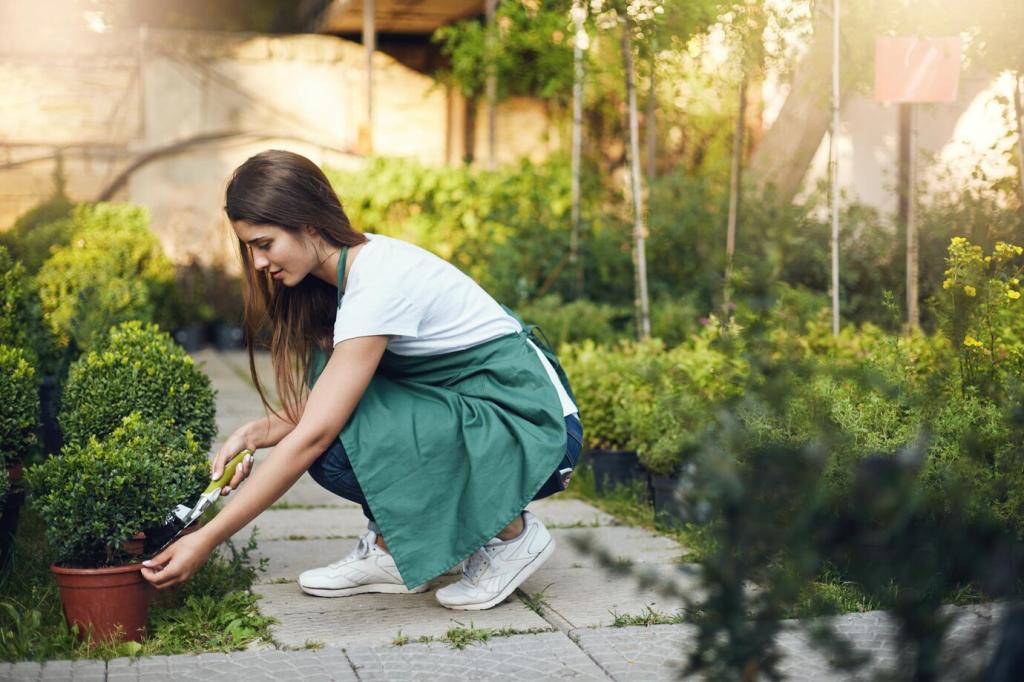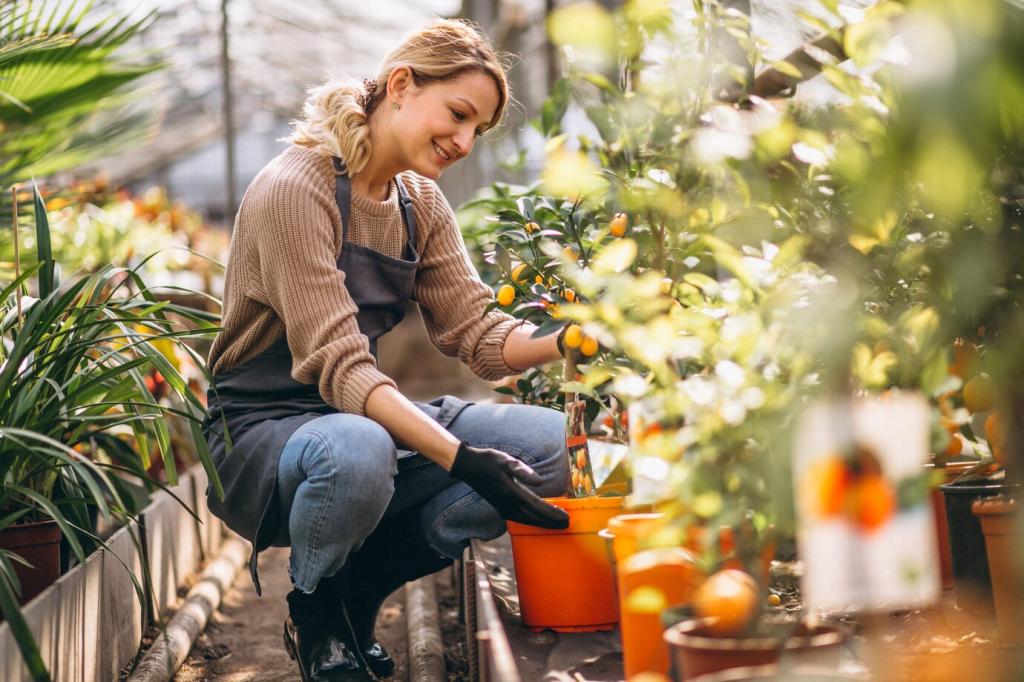Maximizing biodiversity in urban garden spaces is an essential part of building resilient cities that support native wildlife and contribute to environmental stability. Urban gardens offer the unique opportunity to create pockets of diverse plant and animal life amidst densely built environments. By thoughtfully designing and managing these green spaces, city dwellers can foster habitats that attract pollinators, birds, and beneficial insects. Emphasizing biodiversity in urban settings not only enhances the aesthetic and recreational value of gardens but also strengthens ecosystems and improves human well-being.
Understanding Urban Biodiversity
In urban areas, ecosystems are often fragmented by roads, buildings, and other infrastructure. Despite these limitations, small-scale green spaces like gardens can function as vital habitats supporting complex webs of life. Plants form the basis of the ecosystem by providing food and shelter, while various insects pollinate flowers and decompose organic matter. Birds and other small animals benefit from this setup, feeding on seeds and insects. Every component, from the tiniest microorganism to larger fauna, contributes to the overall health and resilience of the garden ecosystem. Understanding these interdependencies is critical to making effective decisions that benefit biodiversity.

Creating a Biodiverse Garden Design
Native plants are fundamental to encouraging local biodiversity, as they have evolved alongside regional wildlife and are best suited to local conditions. Choosing a palette focused on native flowering plants, grasses, and trees ensures that the garden provides year-round food and shelter to indigenous insects and birds. These plants generally require less maintenance and fewer resources, which further supports a sustainable garden ecosystem. By combining species with different flowering times and structures, gardeners can foster continuous activity among pollinators and enrich the ecological tapestry of their urban space. The result is a thriving, resilient micro-habitat that resonates with the region’s natural heritage.

Sustainable Gardening Practices for Diversity
Maintaining a biodiverse urban garden without chemicals is both practical and effective. Regular soil enrichment using homemade compost or organic mulches feeds beneficial soil organisms and maintains fertility. Rather than resorting to synthetic pesticides, gardeners can encourage natural predators such as ladybugs or spiders to control unwanted pests. Hand-weeding and selective pruning help maintain plant health without disturbing habitats. These organic methods not only preserve the integrity of the ecosystem but also create healthier, safer spaces for human users. Committing to chemical-free gardening is a direct investment in the well-being of local biodiversity.

